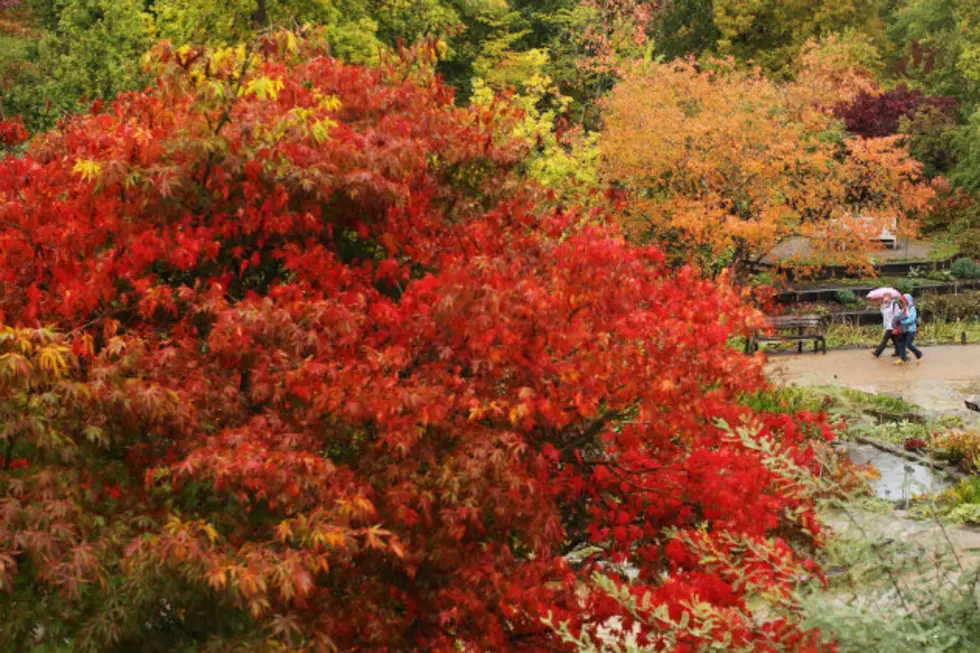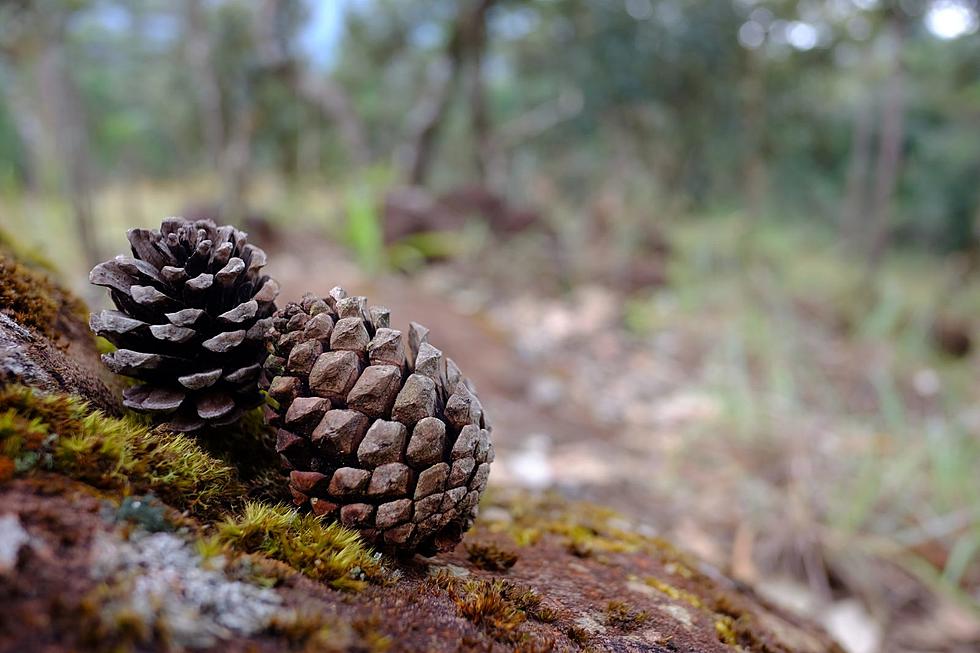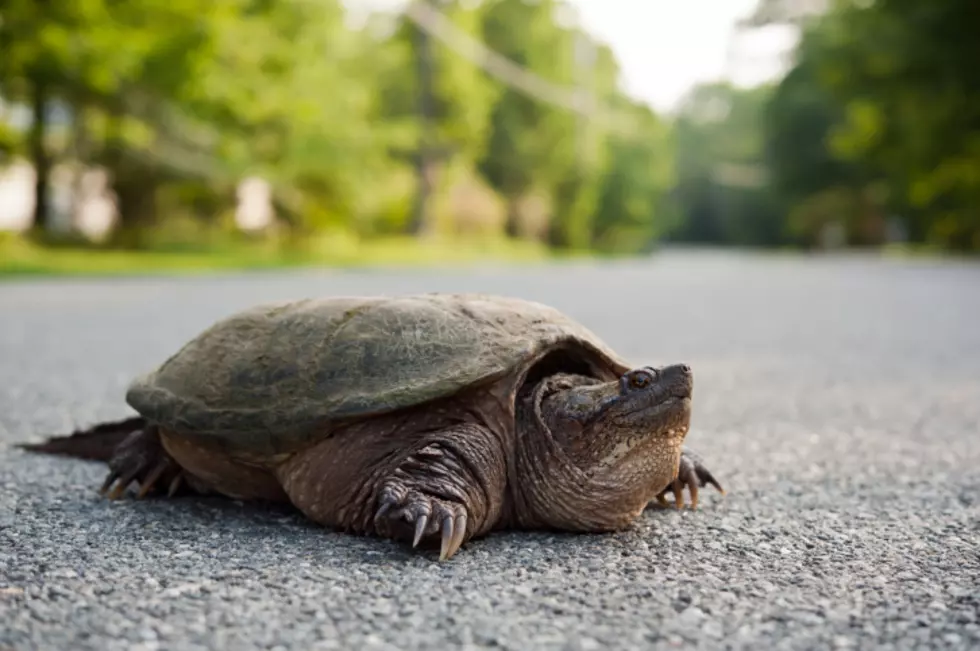
Bright, Bold Fall Colors in 2020? Wait and See, Forestry Expert Says
ST. CLOUD — Autumn is just around the corner, and Minnesota is teeming with residents itching to take a walk through the lovely fall foliage.
So, what kind of fall landscape is in store for the St. Cloud area this year?
Val Cervenka, Forest Entomologist with the Minnesota Department of Natural Resources, says the answer to that question is a little up in the air.
Cervenka, who coordinates the DNR’s Forest Health Program, says the two strongest forces behind the vibrancy and duration of fall colors are temperature/weather and precipitation.
“Less rainfall can make the color duller or can stretch out the fall color period and even delay it a couple of weeks,” she explained. “It’s kind of the same as if we had a very cool, late spring – the onset of color then can also be delayed.”
Cervenka says central Minnesota is in need of a few more rainy days in order to make the fall colors really pop.
“In parts of central Minnesota and the Arrowhead right now, it’s pretty dry,” she said. “But, if we get some rain this September, that could set things straight and we could still expect great fall colors. Local situations can vary widely. Some of the big drought maps don’t really capture the very local, low-lying areas."
"So, just because it’s been dry overall doesn’t necessarily mean the colors will come later or be less intense," she added.
Cervenka says the fall color situation varies wildly by region.
“As you move down the state, the temperature stays warmer longer,” she explained. “That’s really what determines the peak color. So, it’s really a matter of topography and location in the state. Where it’s colder, trees change sooner, and where it’s warmer, they change later.”
Slightly dry conditions aside, Cervenka is expecting the majority of Minnesota to experience a vibrant autumn.
“There’s a band across the central part of the state where you’ll see a lot of colors because of the mixed hardwoods,” she said, referring to trees that shed their leaves in autumn. “If a person were to go to a place with lots of hills and valleys, you’d see a lot of great color. As you go north and hit pines and aspen, you’re definitely going to see a lot of yellows mixed with the greens of the conifers, which is a super nice contrast. If you go northwest, you’re in tamarack country, and those become gold and shed their needles – the only conifer we have that actually sheds needles every year.”
Cervenka says nature lovers should keep their eyes on more than just trees during their walks or drives.
“All the shrubs are turning, like sumac,” she said. “There are all the grasses like big bluestem and fall flowers - asters and goldenrod and other sunflower-like blooms. It all works together to create a beautiful fall palette.”
At the end of the day, Cervenka says the beauty of fall is always in the eye of the beholder.
“It kind of depends on what you yourself call spectacular, and where you are in the state,” she said. “Where there are maples, there will be a lot of beautiful reds and oranges, no matter what. Along the north shore, you’ll see more yellows because of the birch and aspen, and fewer maples. And so, from year to year, any given area can be spectacular.”
Fall color spotting is a perennially popular pastime. Cervenka says last year, in both September and October, Minnesota’s state parks averaged around 900,000 day-use visitors. Overnight visitors averaged around 100,000 per month for both months. Cervenka expects to see a high number of visitors this season, too – particularly in light of the ongoing COVID-19 pandemic.
“Park use has increased this year, so we would encourage everyone to plan ahead,” she said. “Have a backup plan in case the park they want to visit is full. There needs to be some planning – especially for an overnight visit.”
Check out the DNR’s Fall Color Finder to keep tabs on when and where to see peak autumn colors.
Explore an Abandoned Farm From the 1800's in Rice
More From 96.7 The River









